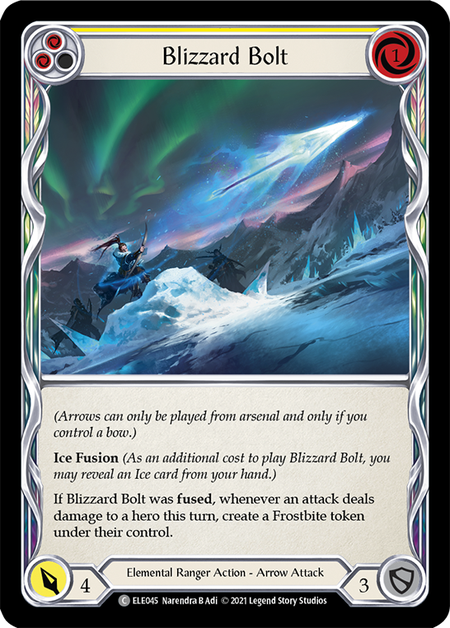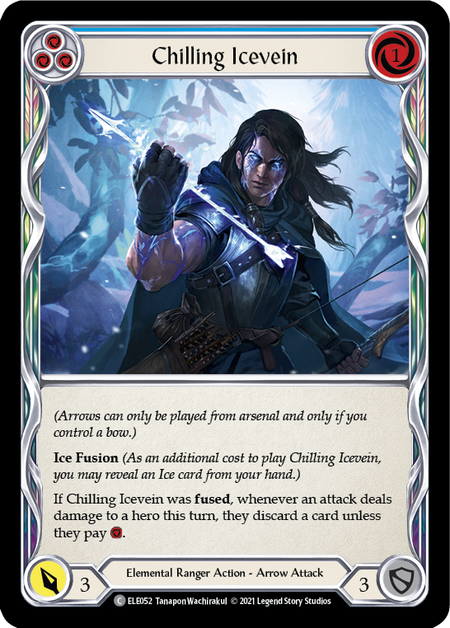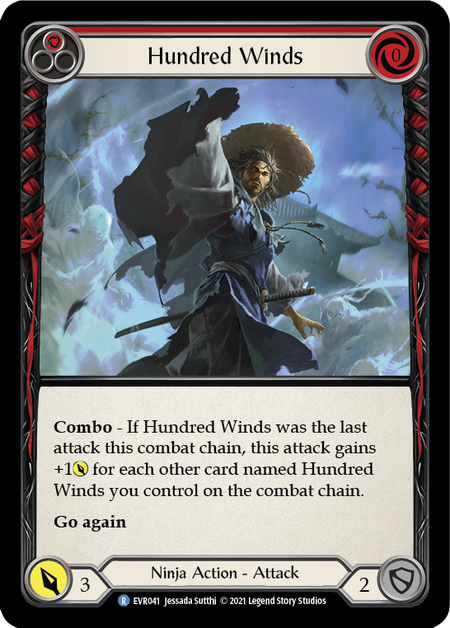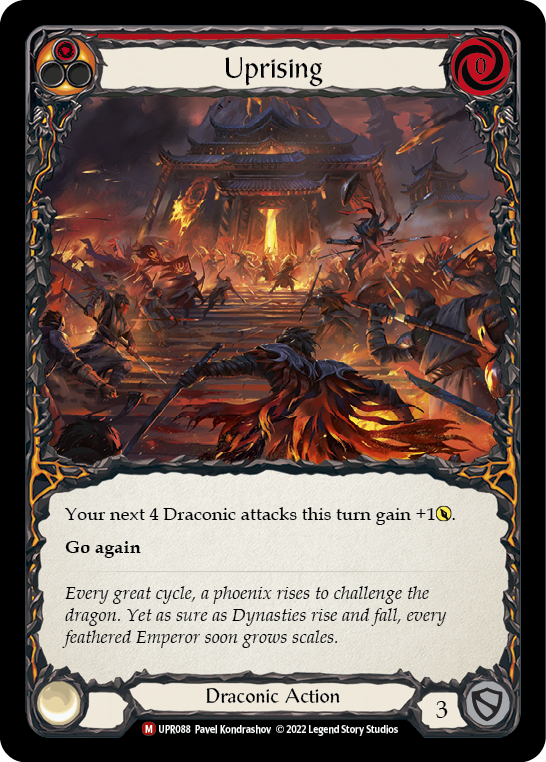You'd think a new set had just released with all the activity in my deck shop. Over the past month, I've completely disassembled and rebuilt five of my Classic Constructed decks. But it's not an influx of fresh cards that have driven me back to the drawing board. It's Nationals.
There's nothing like watching top-tier competition to make you realize everything you've sleeved up is junk. The cream rises to the top, and the decklists that result are stripped of all the bad cards we can't help but keep in our own builds. It's one thing to see a decklist, and quite another to see it piloted by the very best in the world; their gameplay makes the case for every inclusion.
Then there are the innovators. Nothing sparks inspiration like a fresh take on an old deck. Daniel Rutkowski makes Fai's gameplay look... tactical? Michael Hamilton brought back hybrid Iyslander- and in Classic Constructed? Pawel Leszuk is pitch stacking with Azalea?! It's enough to drive a janky, self-indulgent brewer like myself to netdeck!
Using a decklist with proven results can isolate that variable and let you focus on play patterns- and your own skills and instincts. It's especially valuable to players who don't have the time to dedicate to learning a deck from the ground up- whether that's because your time is limited, or because your interests are divided.
But for many of us, there's an urge to put our own mark on the deck. Whether it's a response to your local meta, a desire to catch opponents off guard with an inconventional play, or a new angle you want to test, there are cards and packages you want to incorporate.
And it's at this juncture that you risk breaking everything that works. A single card removed can have cascading effects that undercut other cards in the deck. At best, you've got a package to remove; at worst, you've caused the list to fold on itself.
How do top-tier players account for these inter-related impacts as they iterate on and refine their lists? Repetitions, tests, failures... in other words, they work incredibly hard at it. That's the only way to approach a full understanding- but there are some tricks and shortcuts you can use to casually but intelligently trial new cards and packages in a deck.
Before You Customize, Run the Base Model
Nothing can substitute for the knowledge to be gained from in-game experience. As imprecise as it may sound, knowing that a card 'feels weak' is often more valuable than any mathematical calculation. And the inverse is true as well- many cards that look weak in your extras box shine once you dare to shuffle them in. Let's be honest: Wounded Bull would probably look like a prime candidate for '61st card' if we picked up Hamilton's list without his tournament record attached to it.
By giving the decklist a few runs as-is, you give every card a chance to justify its inclusion. You also gain those 'gut feelings' that will help you identify the flex spots in the list- the cards that we'll target later when considering how to slot our personal spice into the list.
Confession time: I seldom follow my own advice here.
While giving a deck a few runs before modifying it is unarguably best practice, it isn't always practical- and as I said above, it's my goal to give you tricks and shortcuts here. If I'm only able to get in 3 games a week at the local Armory, I probably don't want to commit an entire week to playing a decklist I've already decided I won't be keeping.
So how do we substitute for our own lack of in-game experience? We seek out the wisdom of those who have it. Luckily, the Flesh and Blood community is incredibly open and helpful. On Discord, you can find communities dedicated to each hero, where players are all to willing to discuss the latest decklists. YouTube is full of deck techs where top players break down their lists, discuss their sideboarding, and identify their favorite combos. And I'd be remiss not to mention all the incredible content here at the Rathe Times.
All this time reading and researching can add up, and it's entirely likely you'll spend more time obtaining knowledge from others than it would take to get in the reps yourself. But then again, FaB is a two-player game, and internet research is something you can do alone. You make the call that's right for you.
Identify the Components
It's not always obvious why a decklist works, or what roles the cards are intended to play. In FaB, most cards can play 3 roles before you even get into versatility afforded by the game text. Sometimes a card's role changes based on the hand it's in; sometimes its role changes as the game progresses; and sometimes a card's role in one decklist is different in another.
Identifying a card's role is essential for considering if it's suitable for substitution- and what you should be subbing in when you do. That trio of blue Fluster Fists in Rutkowski's Fai list has all the makings of a flex spot on the list; but if you ignore the blue pitch stripe and the 3 defense when replacing them, you'll throw off your pitch ratios and reduce your blocking capabilities.
It's pretty safe to assume that, any time a deck builder opts for the blue version of a card, it's an important part of the pitch curve. Without in-game experience telling you that the deck has more resources than it needs, you should adhere to the pitch value of any blues you want to swap out.
That can apply to other card attributes as well- and you can usually identify the ones that matter by the hero and their class/talent. A Ranger probably shouldn't be swapping arrows out for generic attacks; an Ice hero needs to keep their Ice ratios high enough to fuse when they need to; and Briar's attack/non-attack split keeps her Embodiments up and her Rosetta Thorn threatening.
If you don't know why a card is in the deck, it's best not to mess with it until you've got that in-game experience we talked about before- or, if you have the opportunity, ask the deck builder or the community for an explanation.
Consider Why You're Changing the List
Just because a decklist has results to back it up, does not mean you're wrong for looking at changing it! But considering why you want to make changes can help inform where to find room for them.
Take, for example, Ming-Han Lee's 1st place Lexi deck from Taiwan Nationals. This decklist went all in on Ice- and from the looks of the Top 8, that was probably a meta call to counter a local scene heavily skewed towards Briar! But in many other regions, Oldhim has a heavy influence on the meta, and frostbite tax just isn't as meaningful against him. That may have you looking at the list and wondering, "what can I adjust to improve my matchup into Guardians?"
When looking at a list, you can quickly spot the card effects they're focusing on when they've chosen to include yellow copies of cards. In this case, there are 9 copies of Blizzard Bolt and 9 copies of Chilling Icevein. These cards are extremely good at disrupting aggro decks, both by taxing their costs and discarding from their hand; the deck is willing to run inferior copies of them because redundancy of those effects improves its consistency.


If the meta- or specific opponent- we intend to play this Lexi deck into doesn't call for that much targeted hate toward aggro, we can cut back on the effect redundancy- as well as the heavy presence of Ice cards that are included to ensure fusions.
You may find that, as you pull out some of these cards in favor of other packages you'd like to run, that you've managed to lower your expected pitch costs, and can now shift some of your blues to yellows or even reds. As I said above, you need to be mindful of your pitch ratios across the deck- but you should also have an understanding of why the deck builder used the ratios they did, and whether your variation has the same needs.
In the end, any card you add should have a reason behind it- and ideally, the card you removed would not have satisfied that goal, or perhaps even actively went against it.
Harmony and Balance in a Decklist
There are, decidedly, good and bad swaps. But FaB is a surprisingly forgiving game, and 80% of a good deck can do a lot to compensate for 20% of questionable inclusions. It's one of the reasons I'm a strong advocate for playing what you own: there are only a couple hands in a game that are impacted by a missing card, and whatever you run in its place is going to offer its own unique opportunities.
The more important thing to consider is the overall theme of the deck. If you're running a 'go wide' Fai deck aiming to hit that rupture payoff, a non-attack action like Uprising - while it seems like a natural fit to cash in on a string of attacks- may run contrary to your goals, while Hundred Winds might blend in much more discreetly. There's room to try things- even wildly unusual things- so long as you're following the core goals and play patterns of the deck.


The best spice complements the taste of the feature while adding something new. It's enhancing, not distracting. And while the rule of opportunity cost remains true whenever dealing with decklists, you don't want to take away more than you put back. Every deck has key cards and supporting cards; and as long as your swaps can fill the role of the latter, they'll blend in just fine.
Background music is Spatium by Keys of Moon | Music promoted by Chosic | Attribution 4.0 International (CC BY 4.0)






